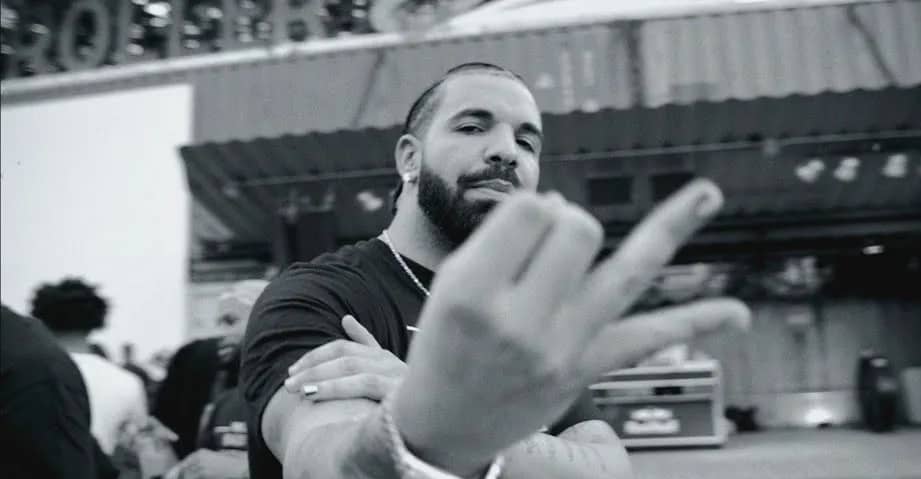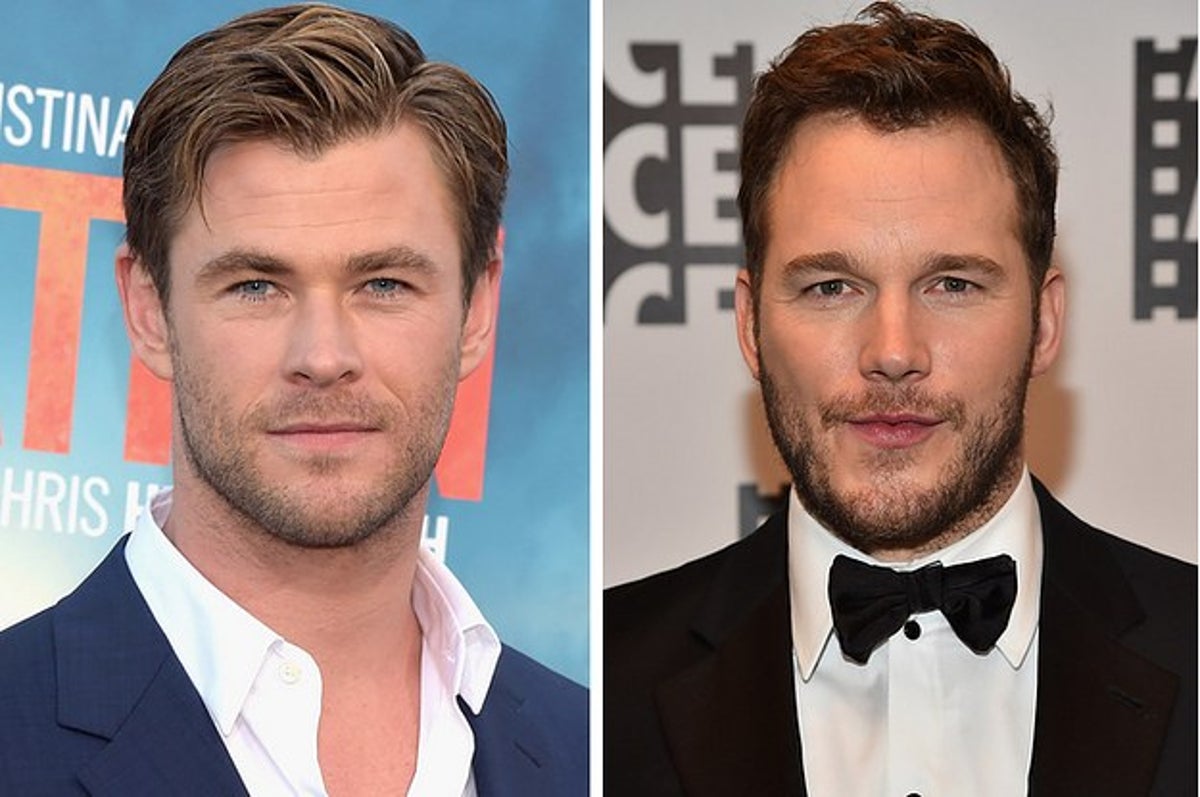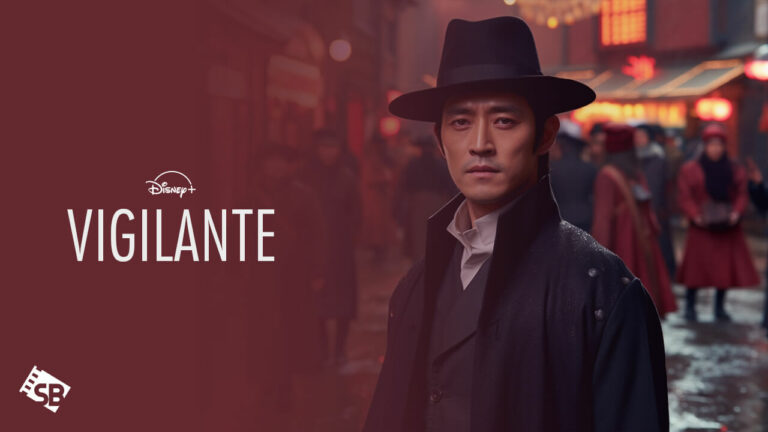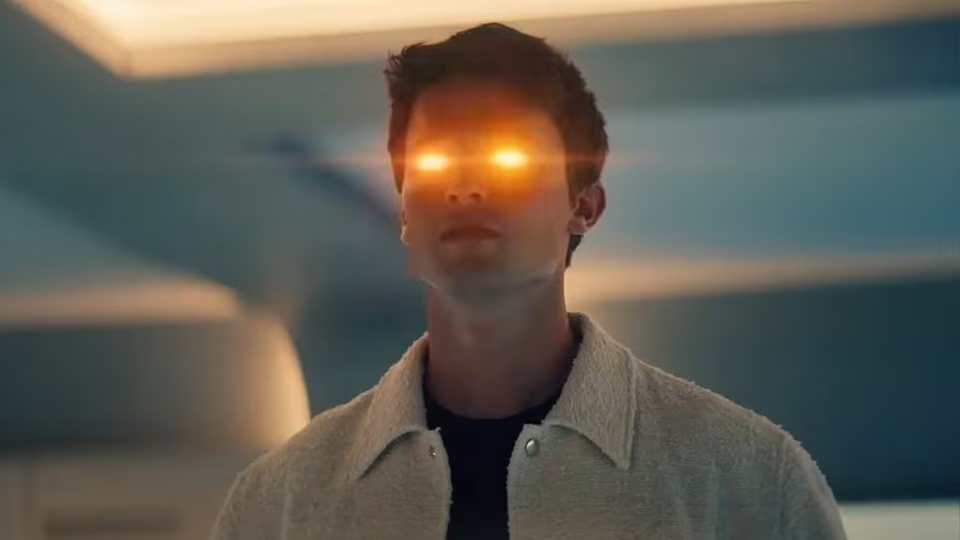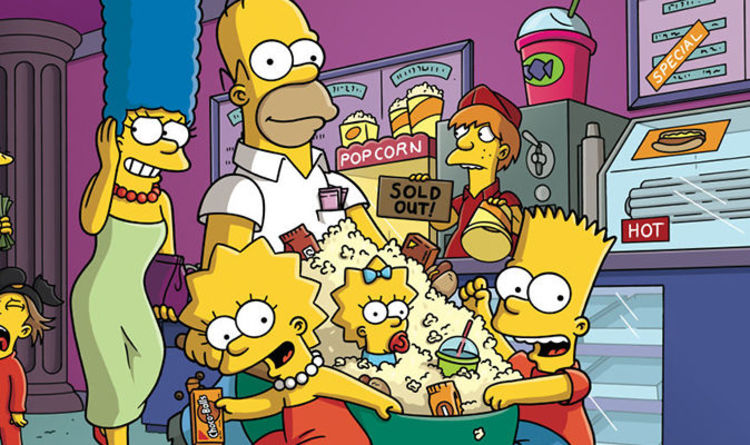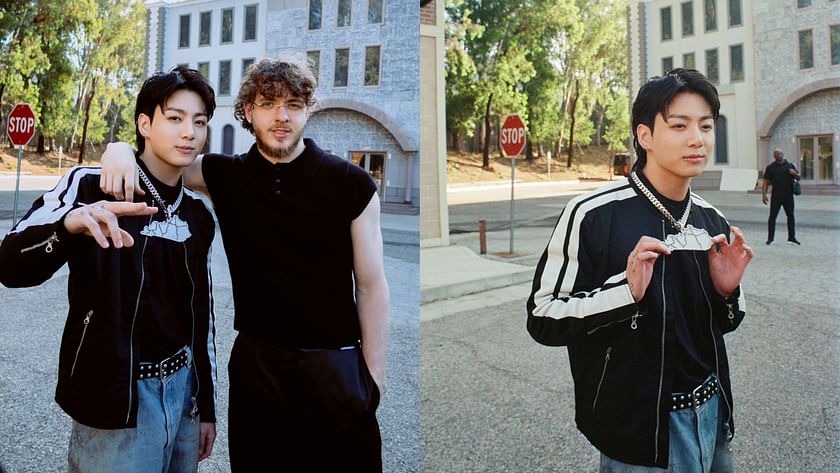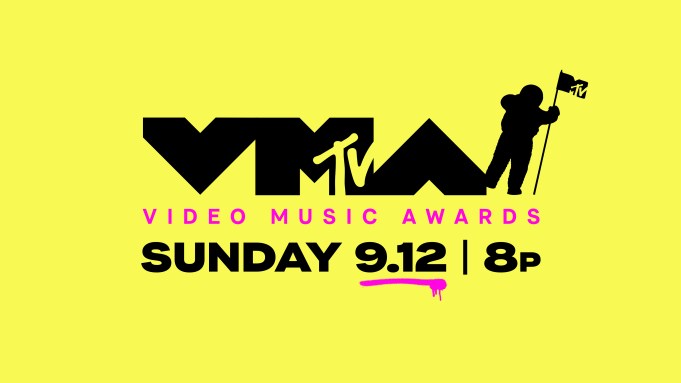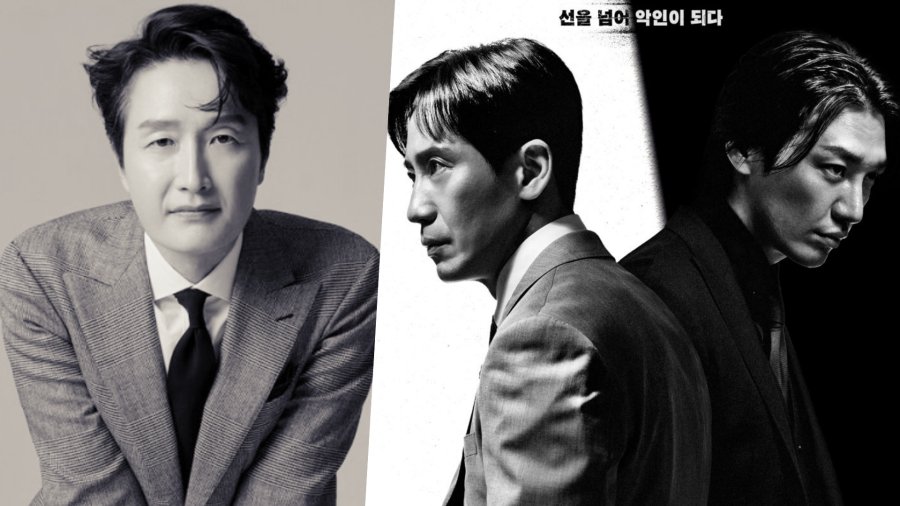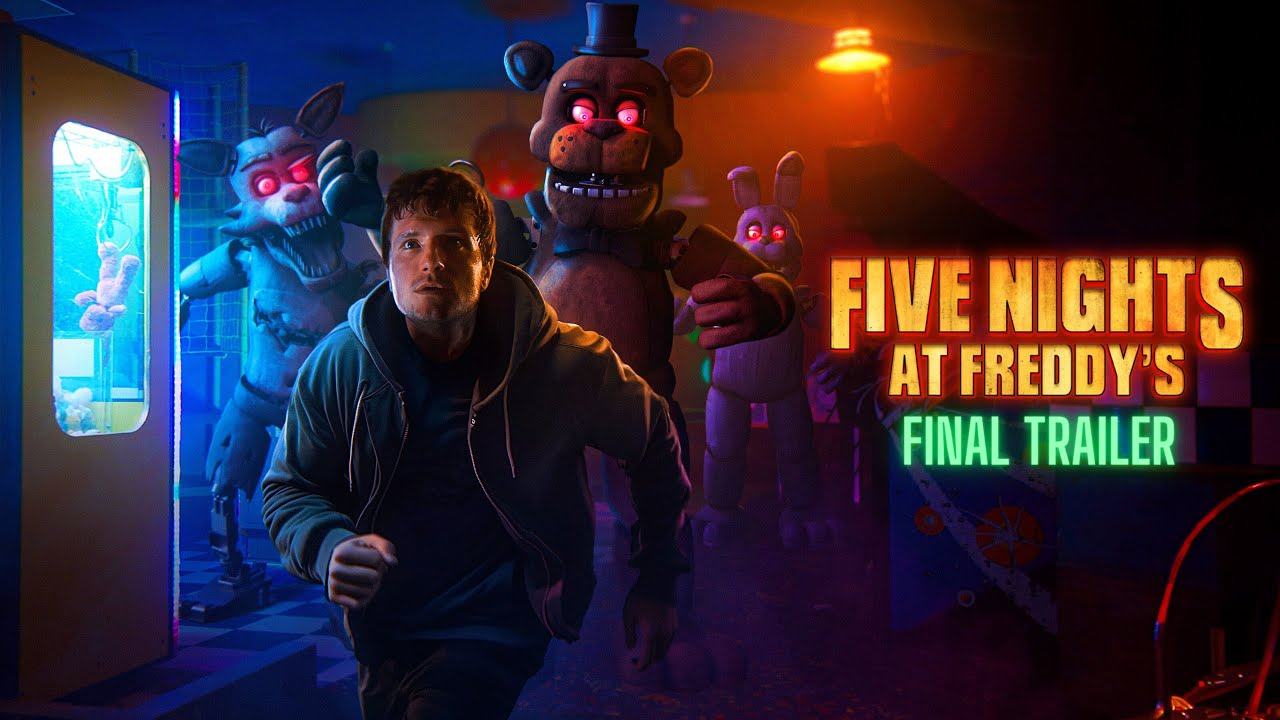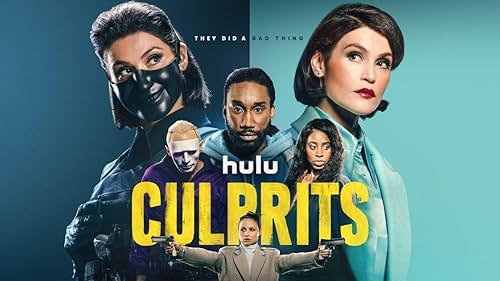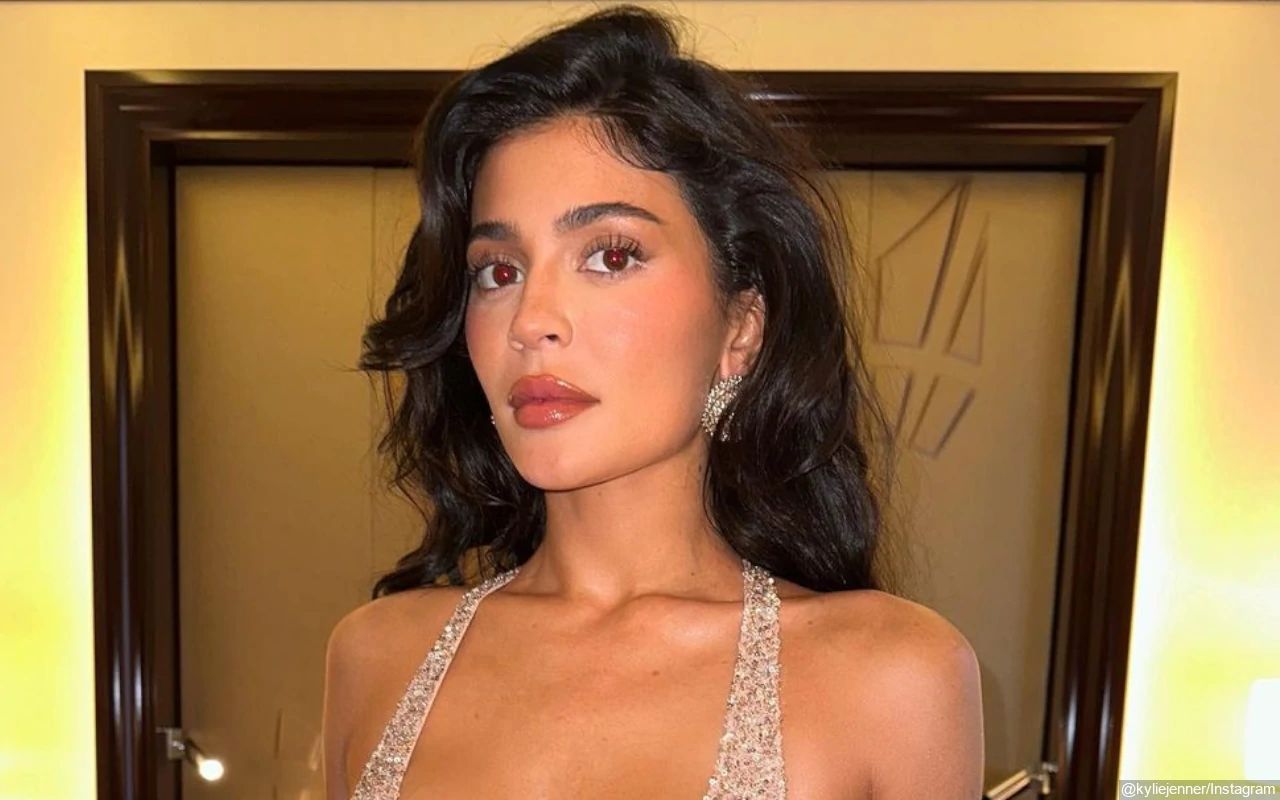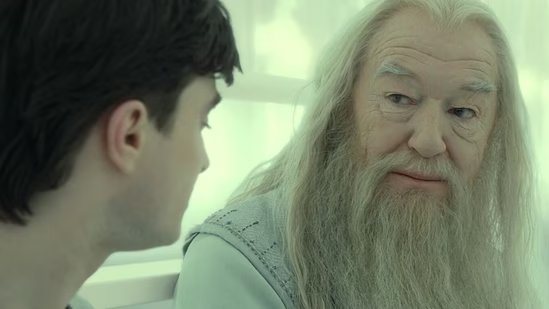5 Worst Songs In Drake’s Career
Drake, a dominant force in the dynamic music industry, has experienced a multifaceted career marked by both critical acclaim and commercial triumphs. However, even the most eminent journeys encounter stumbling blocks. Five tracks in Drake’s discography stand out as the nadir, each attracting distinct criticisms. These compositions, once hailed as missteps, showcase the intricate landscape of an artist’s evolution. Despite his towering presence in the industry, Drake’s musical journey is not immune to scrutiny. From critical perspectives, these tracks have sparked discussions, offering a nuanced view of an artist navigating the delicate balance between creative exploration and audience expectations. In examining these moments, we gain insight into the complexity of Drake’s artistic trajectory, where missteps become integral chapters in an ever-evolving musical narrative.
1. ”Ratchet Happy Birthday”
Album: “Scorpion” (2018)
When dissecting the catalog of Drake’s songs, “Ratchet Happy Birthday” emerges as a discordant note. The beat, resembling a nursery rhyme, fails to create the anticipated party ambiance. Drake’s lyrics add to the disappointment, with jarring and clumsy verses that lack the finesse characteristic of his best work. Lines like “You talk so tough, I know you’re soft like buttercups / Reese’s, Reese’s, don’t be ridiculous” leave listeners perplexed. In essence, the song falls short of delivering the celebratory vibe promised by its title, leaving fans wanting more.
2. “Rich Baby Daddy”
Album: “For All the Dogs” (2023)
Drake’s latest album, “For All the Dogs,” has been criticized for its lack of a coherent identity, and this criticism is epitomized in the track “Rich Baby Daddy.” As the album meanders, this particular song featuring Sexyy Red & SZA stands out for all the wrong reasons. The inclusion of a repetitive Chicago house-type beat and a crude cameo from Sexyy Red renders the track skippable. It becomes a glaring example of the album’s descent into a mishmash of styles, losing the listener in its lack of cohesion.
3. ”Way 2 Sexy”
Album: “Certified Lover Boy” (2021)
“Way 2 Sexy” finds itself in the crosshairs of criticism as Drake attempts to put his spin on Right Said Fred’s iconic “I’m Too Sexy.” The result is deemed corny, sleazy, and more gimmicky than its predecessor. Released in 2021, the song drew scathing reviews, with NME’s Rihan Daly labeling it “the bottom of the barrel” and “one of the worst songs of the year.” Drake’s attempt to revive a classic falls flat, earning a place in the chronicles of his less illustrious musical endeavors.
4. “On The Radar Freestyle”
Album: N/A (released as a single in 2023)
Drake’s attempt at freestyling with “On The Radar Freestyle” alongside Central Cee lacks much-desired appeal. While Drake isn’t conventionally recognized for his freestyling skills, this track emphasizes the reasons behind that perception. The two-minute display features a tired-sounding Drake delivering a monotonous array of uninspired rhymes. The much-criticized Jamaican accent makes an appearance, further dividing opinions on the authenticity of his artistic choices. This freestyle does little to bolster Drake’s credibility in the realm of spontaneous lyrical expression.
5. ”Toosie Slide”
mixtape: “Dark Lane Demo Tapes” (2020)
As the world grappled with the challenges of the COVID-19 lockdowns, Drake’s “Toosie Slide” emerged as a questionable creative endeavor. Serving as Drake’s version of the dance classic, the “Cha Cha slide,” the track features the artist reciting the steps to a viral dance challenge while proclaiming a desire to move like Michael Jackson. The song, accompanied by a music video of Drake dancing around his empty Toronto mansion, wearing a balaclava, raises questions about whether it was an attempt to score a viral hit or simply a manifestation of lockdown-induced boredom. Regardless of intent, the result is widely perceived as falling short of Drake’s usual musical standards.
Within Drake’s musical journey, five tracks emerge not solely for their brilliance but for the controversies they ignite. These compositions weave dissonant celebrations, identity crises within albums, corny renditions of classics, lackluster freestyles, and lockdown-induced missteps into the intricate tapestry of Drake’s artistic evolution. In scrutinizing these moments, we delve into the nuances of his career, acknowledging that every artist navigates both highs and lows. It is through this critical examination of the lows that we gain a heightened appreciation for the peaks. The amalgamation of discordant notes and questionable choices contributes to the mosaic of Drake’s creative narrative, revealing the complexity inherent in his musical expression. This reflective exploration invites us to embrace the entirety of his artistic odyssey, recognizing that even missteps play a crucial role in shaping the trajectory of a prolific artist.
